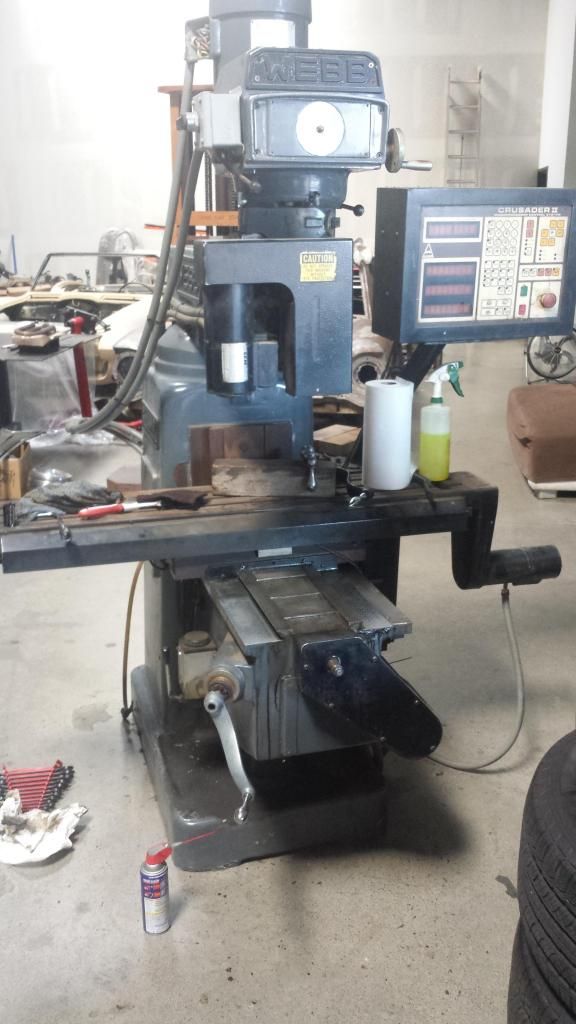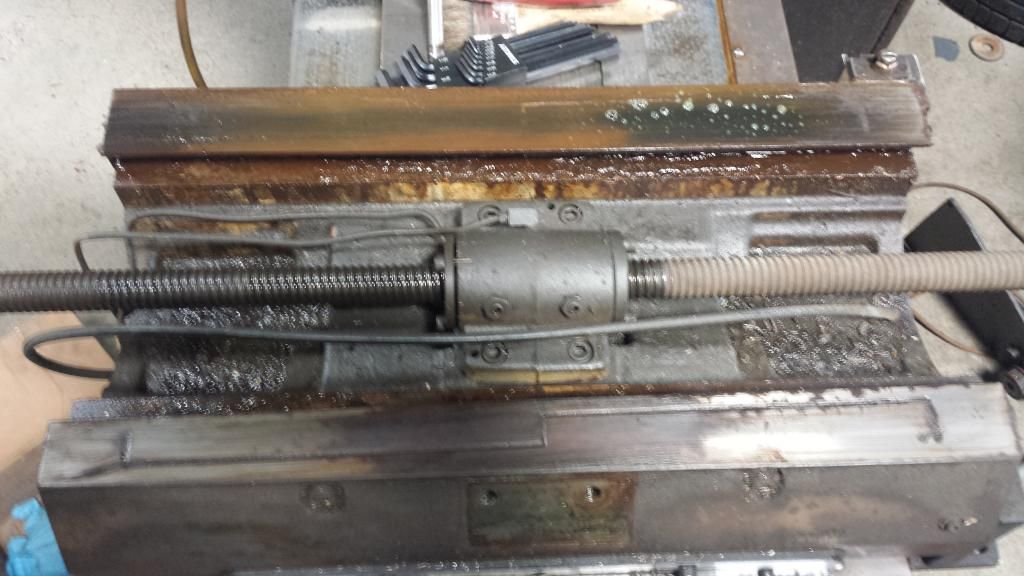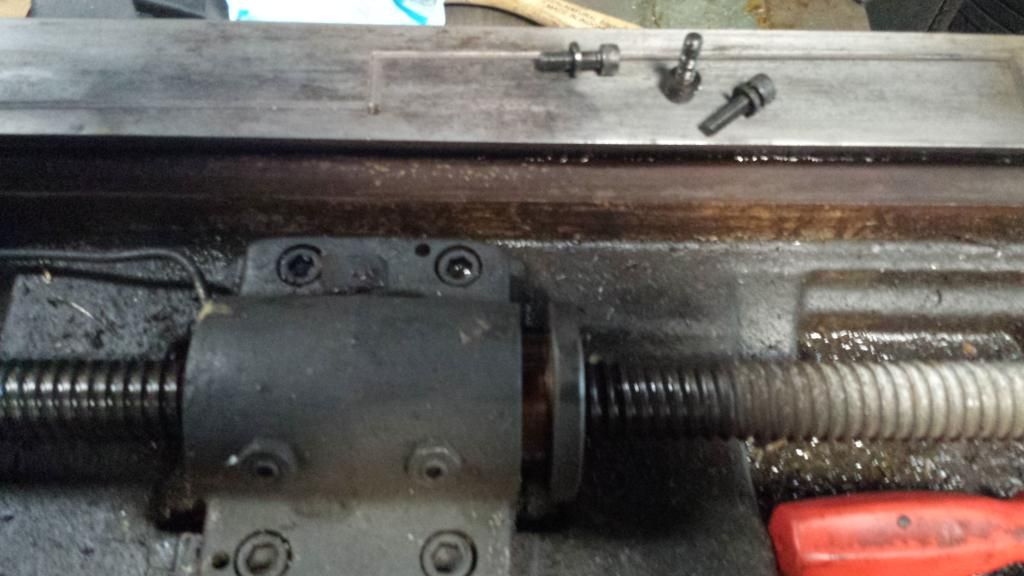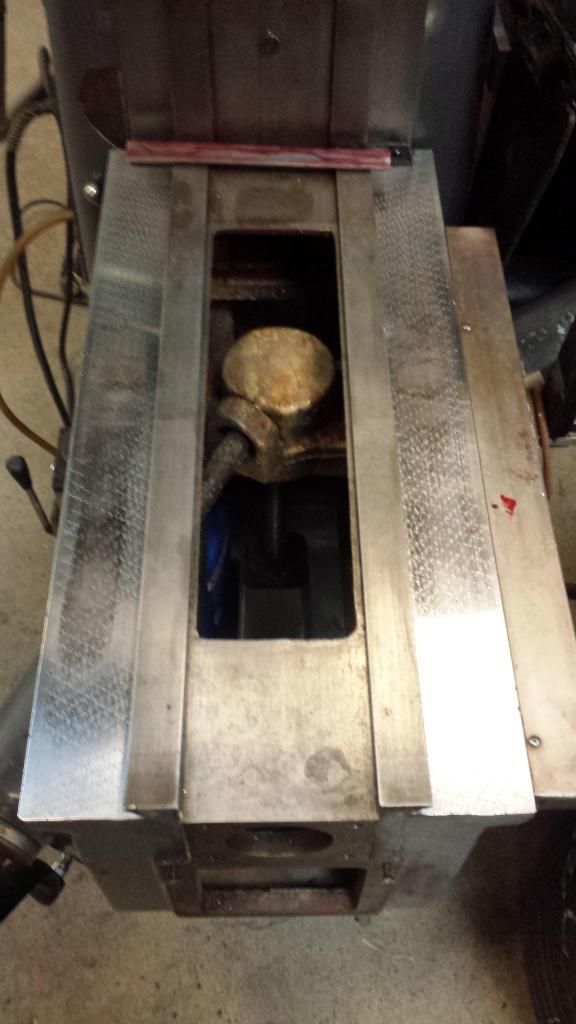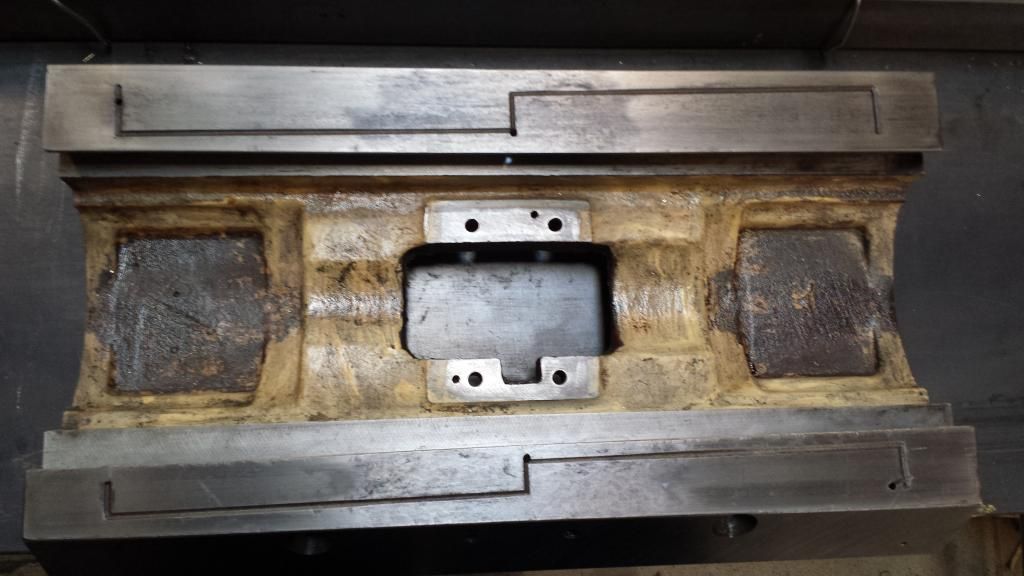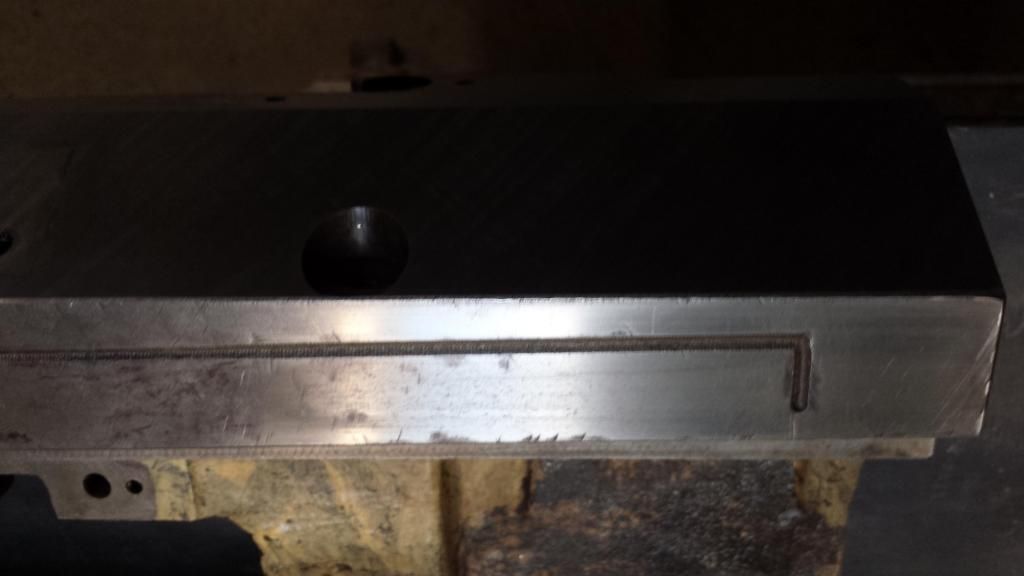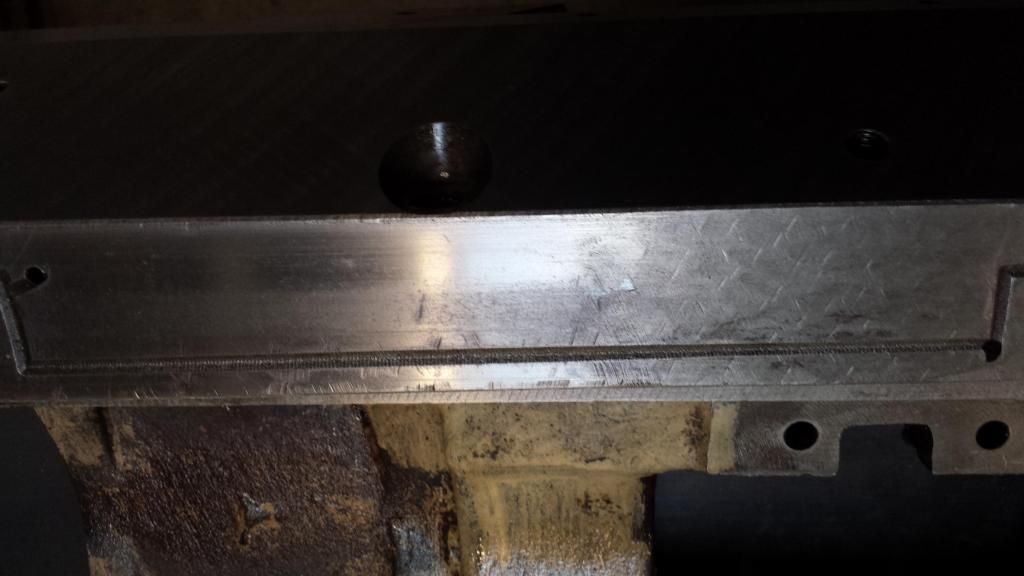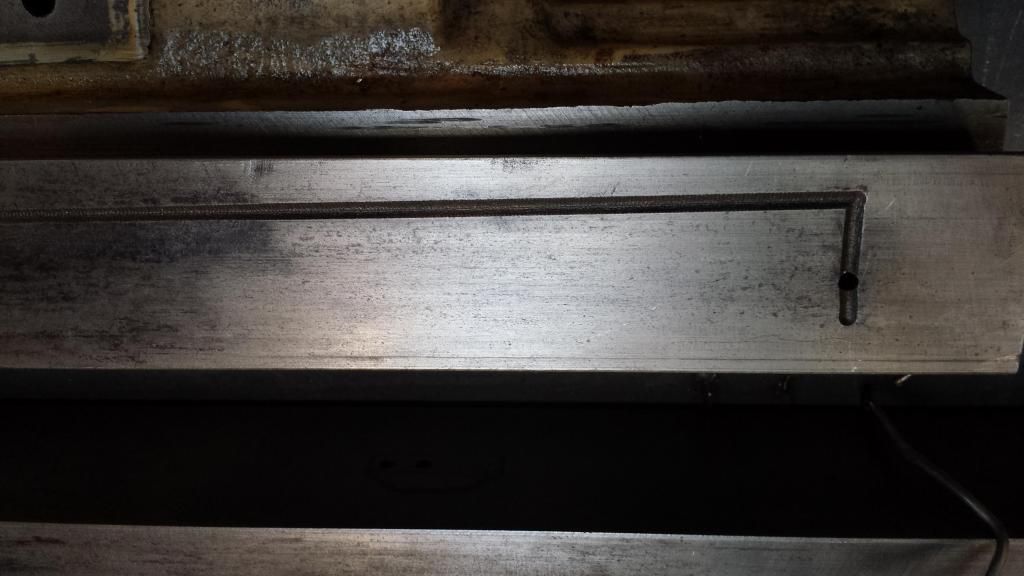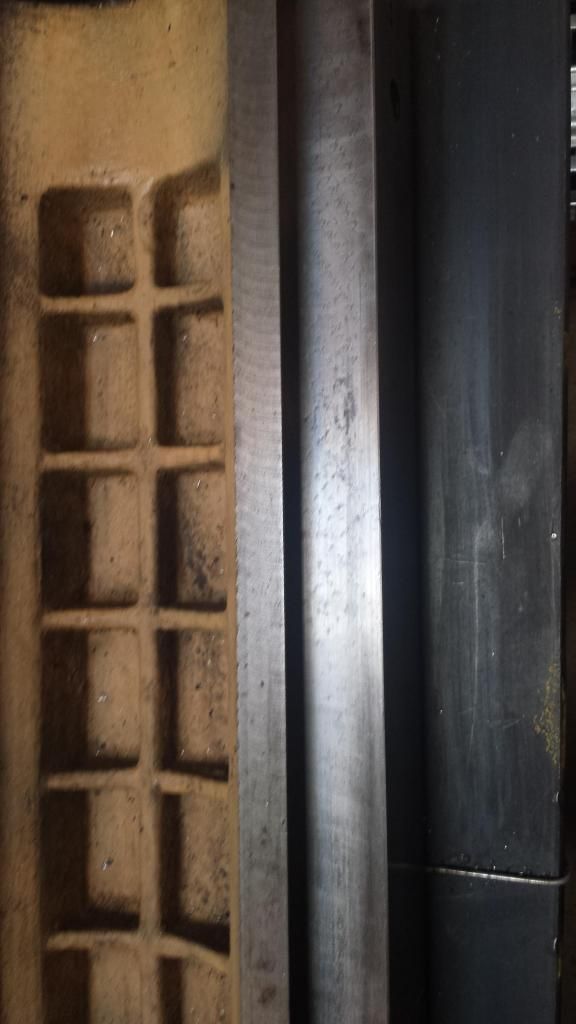A couple of questions Shep, you say you used a straight-edge...is that a scraping straight-edge or a steel rule? The lube fittings or metering units can't be blown out but if clean out the oil reservoir and fill it with mineral spirits or kerosene and pump that though the metering units and they bleed out the solvent slowly it could cleaned out. (new ones also bleed out the oil very slow) The unit has a felt in it and small screens, some even have the check valve, some don't. New ones are around $10.00 - $15.00, I have seen some as low as $8.00 each. One online rip off company in NJ charges $40.00 each so be careful. Look at them and record the number and re oorder them or if you want order the next sized number up as this will allow more oil but could become a mess. There is auto pumps but expensive. Like I said High Quailty parts is fair in the prices on small orders. I also buy from where they order from:
LUBE GLOBAL /LUBE CORPORATION Lubrication systems
Be careful when removing them and record the number and where it was, if you all ready did and didn't record the order. Usually there are 2 sizes..or flow rates....the higher ones go to the X & Y ways and small ones to the Z and ball /acme screws.
Do you have a granite surface plate by chance? Looking at the Knee Top chromed ways, to be honest I have seen a whole lot worse and if your not holding .0001's , you might be OK to just scrape and 1/2 moon flake the ways. On average those flake marks you can still see are around .0005 to .001" deep and when we set the gibs you need to have room for oil to cover the ways, so if it has .0005" per side or .001" after a rebuild on CE ways that is OK.
So if your not holding super high spec's you could clean it up, give it some new oil pockets, shim the back side of the gibs and use it until you start making the big bucks. In the Oakland Class we had 2 years ago one of the better students was an MD from someplace north of LA. If you email me I can give you his email address. He could be your tutor as I always ask my students to pass on the knowledge. He has a power scraper, hand scraper, Glendo lapper, straight-edges, etc. The Host of those classes (we have had 3 scraping classes in the Bay area in the last 8 years) also is now rebuilding machines as a couple of others in there spare time. So there are plenty of tutors out there for you.
The chrome on the ways can be lapped a little with a diamond lapping plate (like a stone) to remove any burrs or help with the low center. That is "flashed chrome and under .001" thick. Scraping it is not an option and if you wanted to remove it, I would suggest taking it to a plating shop and they will strip it off. Some use some home made vinegar solution but it is a whole lot easier having a pro do it.
I would guess if you have a pro do the grinding you're looking at $800.00 to $1200.00 minimum. if you have a surface plate you can check the 4 corners as did Iron does in his pro-trak thread. if you don't, there are some cheap ones online or possibly you can buy one off Craigslist. Look for a A grade, B for last resort. A quick check could be done with a micrometer. If you decide to spend some money you should Turcite /Rulon the bottom / top of the saddle and gibs as this will make it a real updated CNC. If you clean up the ball screw, how does it look? Let us know and we can discuss it some more. Rich
PS: Picture is Jim from GA class "Bump" scraping and a student in Taiwan hand 1/2 moon flaking that are pretty easy to do, if someone shows you how, as is scraping for that matter. There are several more pictures in my profile. Click my name then profile and album.



